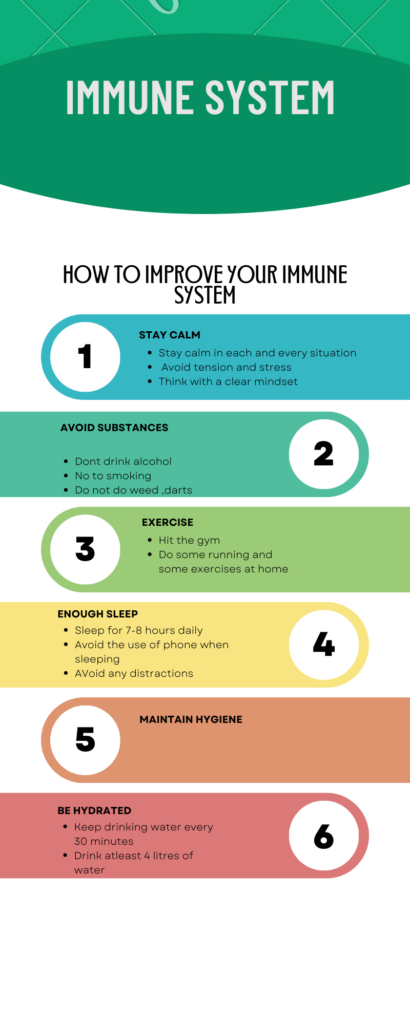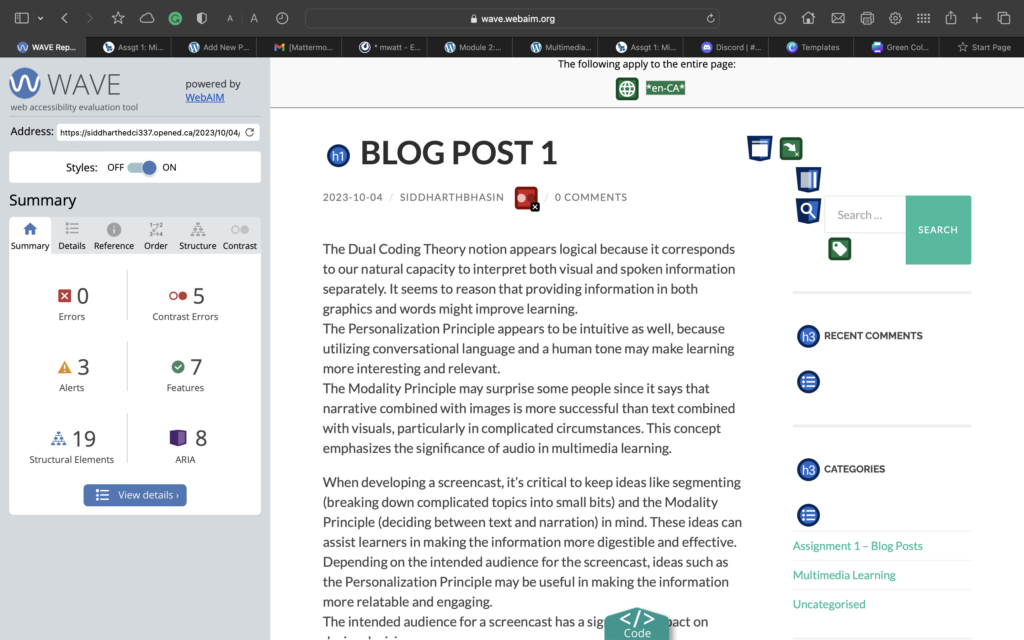No, I haven’t used the Text to Speech tools before, it was my first time using them. I did hear about it a couple of times but didn’t use it till now. I really find it useful, because it is a helping AI tool that can benefit people a lot in the future. Yes, I did try out some of the different voices and it seemed pretty cool. the fact that we can change voice is really exciting and useful. It was a real-life experience without spending hours. There are a few things that have to be pronounced in a certain manner and with a specific tone so that the listeners can enjoy, it helped me out. a lot because I was able to understand the meaning of something just because of the tone. On the other hand, when everything is said in the same tone and volume. it somewhere loses its meaning.
In a larger sense, inclusive design refers to the creation of goods, services, or settings that are accessible and useable by as many people as possible, regardless of their skills, backgrounds, or situations. It is concerned with meeting the demands of a varied audience and ensuring that no one is excluded because of physical, cognitive, sensory, or other disabilities.
In terms of “The World’s Worst PowerPoint Presentations,” these presentations often have multiple similar faults and do not adhere to different design principles:
They frequently have too much text in their presentations, which violates the UDL concept of having alternative modes of representation. Such presentations are inaccessible to persons who have trouble reading or comprehending text.
They frequently overlook the significance of visual design, which is an essential component of inclusive design. Visuals are essential for engaging and successfully presenting information.
When multimedia components are employed, they are frequently executed incorrectly. This squanders the chance to accommodate different learning styles and gives numerous modes of involvement and representation.
Mayer’s multimedia principles, which encourage the use of multimedia components that are compatible with the spoken content and lessen cognitive burden, are ignored. Mayer’s views are consistent with the UDL objective of making material more accessible and understandable.


While looking at the report , a few mistakes have been noticed . One being that my video doesn’t work .
Hello Siddharthbhasin, nice to meet you. My name is Zhongbao Ji, but I prefer people call me Tim. To be honest, I have some color blindness, so I often choose to listen to some text. I’m glad you mentioned text-to-speech tools. I’ve used several different tools, but honestly, in my experience, Google Cloud Text-to-Speech is the best, in Google Cloud Text-to-Speech , you can easily convert text into other languages if you need to, and you can also choose your favorite voices, and the voices can even have emotions and tones. Inclusive design has greatly alleviated my phobia when faced with multiple colors, so I agree with your mention of Mayer’s multimedia principles which encourage the use of multimedia components that are compatible with the spoken content and lessen the cognitive burden.